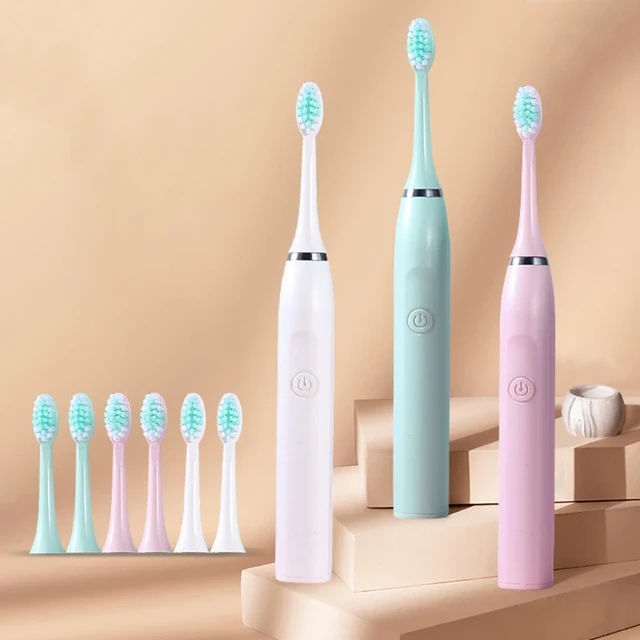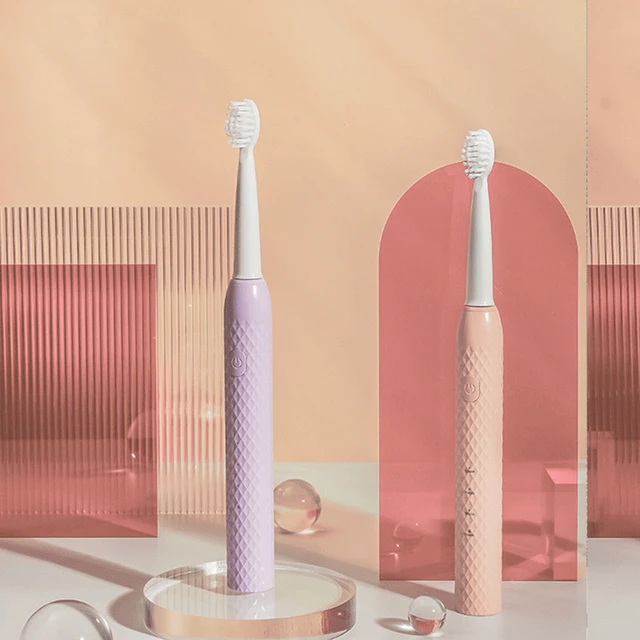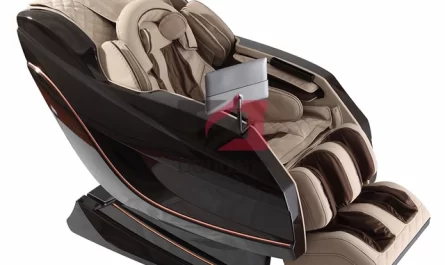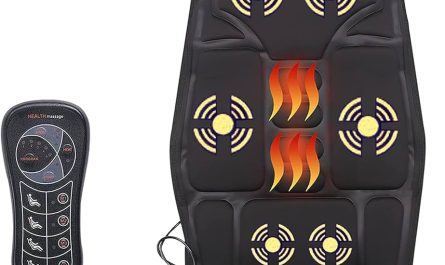Electric toothbrushes are increasingly becoming a staple in oral hygiene routines, primarily due to their efficiency and ability to clean teeth more thoroughly than manual toothbrushes. However, one frequently asked question is, “How long does an electric toothbrush take to charge?” Knowing the charging time is critical for ensuring that your device is always ready to use and operates at optimal performance. This detailed guide covers everything you need to know about the charging times of electric toothbrushes, including factors affecting charging durations, different types of batteries, and tips to maximize battery life.
Typical Charging Times
Understanding the typical charging times can help you plan better and ensure your electric toothbrush is always ready for use.
NiMH vs. Lithium-ion batteries
Electric toothbrushes typically use two types of batteries: Nickel Metal Hydride (NiMH) and Lithium-ion (Li-ion) batteries. NiMH batteries usually take longer to charge, often requiring upwards of 16 to 24 hours for a full charge. In contrast, Li-ion batteries are more efficient, often taking around 3 to 12 hours to charge fully. The type of battery in your toothbrush will significantly influence the charging time.
Brand and model variations
Different brands and models come with varying charging times. For example, Oral-B electric toothbrushes with NiMH batteries may take up to 22 hours for a full charge, while their Li-ion counterparts often require less than 12 hours. On the other hand, high-end models from brands like Philips Sonicare commonly feature advanced Li-ion batteries, which typically require 3 to 12 hours for a full recharge. Always refer to the user manual for brand-specific charging guidelines.
Fast-charging capabilities
Some modern electric toothbrushes come equipped with fast-charging capabilities, allowing you to get a quick burst of battery life in a short amount of time. For instance, a quick 5-minute charge on certain models can provide enough power for a single brushing session. These features are particularly useful when you’re short on time but need to ensure your toothbrush is functional.
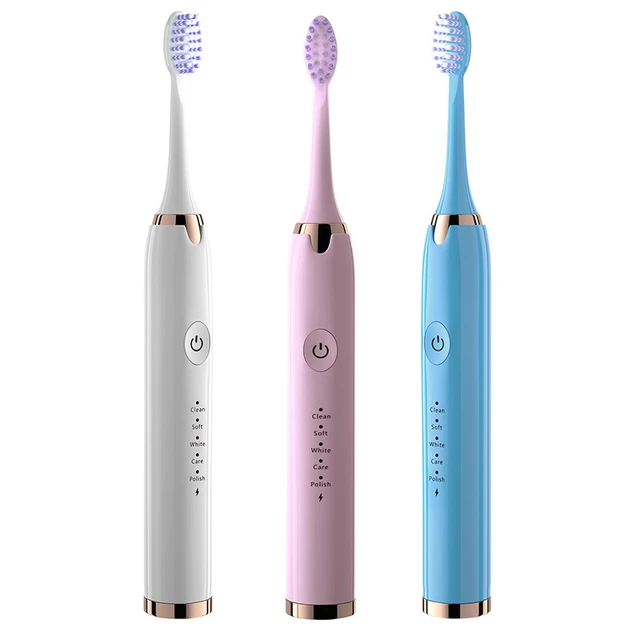 Factors Affecting Charging Times
Factors Affecting Charging Times
Several factors can influence how long an electric toothbrush takes to charge.
Age of the battery
The age of your electric toothbrush battery can significantly affect its charging time. Over time, batteries tend to lose their efficiency, requiring longer charging periods and potentially holding less charge. If you notice a significant increase in charging time or a reduction in battery life, it may be time to replace the battery or the toothbrush itself.
Charger type
The type of charger you use also plays a role in determining charging times. While standard chargers typically come with the toothbrush, other options like USB chargers and travel chargers may offer different charging speeds. Some high-end models even come with wireless charging docks, which may vary in efficiency.
Usage patterns
How frequently and intensely you use your electric toothbrush can affect its battery life and, consequently, the time it takes to charge. If you use additional features like Bluetooth connectivity or multiple brushing modes frequently, your toothbrush may deplete its battery faster, requiring more frequent recharging.
Environmental factors
Environmental conditions such as temperature and humidity can also impact charging times. Extreme temperatures, whether too hot or too cold, can affect battery efficiency and lengthen charging durations. It’s advisable to store and charge your electric toothbrush in a cool, dry place to maintain optimal performance.
Maximizing Battery Life
Proper care and usage can extend the battery life of your electric toothbrush and minimize charging times.
Regular charging
Maintaining a regular charging schedule can keep the battery in good condition. For models with Li-ion batteries, it’s advisable to charge the toothbrush before it completely drains to prolong battery life. Although NiMH batteries can benefit from being fully discharged occasionally, frequent full discharges are not recommended.
Avoiding overcharging
Most modern electric toothbrushes come with built-in mechanisms to prevent overcharging. However, continuously leaving your toothbrush on the charger can still generate unnecessary heat and potentially degrade the battery over time. To be on the safe side, remove the toothbrush from the charger once it’s fully charged.
Storage practices
Proper storage can also impact battery longevity. Storing your electric toothbrush in a humid environment like a bathroom may expose it to moisture, which can affect the charging mechanism and battery efficiency. Consider storing the toothbrush in a cool, dry place when not in use to maintain its performance.
Travel considerations
When traveling, bring along the appropriate charger to ensure your toothbrush remains functional. Some models come with travel cases equipped with built-in charging capabilities. If your model doesn’t offer this, ensure your charger is compatible with the power outlets at your destination.
Battery Indicators and Notifications
Most electric toothbrushes come equipped with battery indicators and notifications to inform you about the charging status.
LED indicators
Many electric toothbrushes feature LED indicators that change color based on the battery’s charging status. A common configuration might have a green light when the battery is fully charged, a yellow or orange light when it’s running low, and a red light when it needs immediate charging. These indicators are usually located at the base of the toothbrush handle.
Audible alerts
Some advanced models can provide audible alerts or vibrations to notify you when the battery is low. This feature can be particularly useful if you’re not in the habit of regularly checking the LED indicators.
App notifications
Certain electric toothbrushes offer integrated apps that provide real-time updates about your toothbrush’s battery status. These apps can notify you when the battery is low, when the brush head needs replacing, and even offer insights into your brushing habits. This connectivity ensures you’re always aware of your toothbrush’s charging needs.
Charging Techniques and Options
Knowing the different charging techniques and options can help you choose the most efficient method for your lifestyle.
Standard dock charging
The most common method for charging electric toothbrushes is using a standard charging dock. These docks are often compact and easy to use, making them convenient for everyday charging routines. Simply place the toothbrush handle on the dock, and it will start charging.
Wall chargers
For toothbrushes equipped with rechargeable batteries, a wall charger can be an efficient option. These chargers often provide faster charging times compared to standard docks. Ensure the wall charger is compatible with your toothbrush model to avoid any issues.
USB charging
Some modern electric toothbrushes offer USB charging capabilities, allowing you to charge your toothbrush through a computer, power bank, or other USB-enabled devices. This feature adds convenience, especially when traveling or when you don’t have access to a traditional power outlet.
Wireless charging
High-end models often come with wireless charging docks that use electromagnetic fields to transfer energy between the charger and the toothbrush. This method can be convenient and aesthetically pleasing but may offer varying charging efficiencies depending on the model.
Potential Issues and Troubleshooting
Like any electronic device, electric toothbrushes can sometimes encounter issues with charging. Knowing how to troubleshoot common problems can save you time and effort.
Slow charging times
If you notice that your electric toothbrush is taking unusually long to charge, the first step is to ensure it’s properly connected to the charger. Clean the charging contacts to remove any accumulated debris or moisture. If the issue persists, the battery may be aging, requiring replacement.
Toothbrush not holding charge
If your electric toothbrush charges fully but discharges quickly, the battery may be nearing the end of its lifespan. In some cases, replacing the battery can solve the issue. Check your model’s warranty, as it may cover battery replacements.
Non-functioning charger
If the charger itself isn’t working, try plugging it into a different outlet to rule out outlet issues. Inspect the charger for any visible damage to the cord or plug. If nothing appears off, it might be time to replace the charger.
Inconsistent charging
Inconsistent charging can result from poor connection between the toothbrush and the charger. Make sure the toothbrush is seated properly on the charging dock or connected securely to the charger. Regularly cleaning the charging contacts on both the toothbrush and charger can help ensure consistent connectivity.
Environmental Impact and Sustainability
Considering the environmental impact and sustainability of electric toothbrush batteries is increasingly important for eco-conscious consumers.
Battery recycling
Many electric toothbrushes use rechargeable batteries that are less harmful to the environment than disposable ones. However, when these batteries reach the end of their life, it’s essential to dispose of them properly. Check local guidelines for recycling rechargeable batteries to minimize environmental impact.
Energy-efficient charging
Opt for electric toothbrush models designed with energy-efficient charging systems. These models often feature intelligent charging circuits that optimize energy use, thereby reducing overall power consumption and extending battery life.
Eco-friendly models
Some manufacturers offer eco-friendly electric toothbrushes made from sustainable materials and designed with minimal environmental impact in mind. If sustainability is a priority, look for certifications and features that signify an eco-friendly approach.
Future Trends in Electric Toothbrush Charging
The field of electric toothbrush charging is continually evolving, with new technologies and innovations on the horizon.
Faster charging times
Advancements in battery technology are likely to lead to even shorter charging times. Future models could feature ultra-fast charging capabilities, reducing the charging duration to a matter of minutes without compromising on battery life.
Longer battery life
Longer battery life is a continuous goal for manufacturers. New developments in battery chemistry could result in electric toothbrushes that only need to be charged once a month or even less frequently, providing greater convenience for users.
Wireless charging improvements
Improvements in wireless charging technology could enhance efficiency and reduce loss during power transfer. This would make wireless charging an even more attractive option for consumers, combining convenience with minimal charging time.
Integration with smart home technology
Future electric toothbrush models may integrate seamlessly with smart home ecosystems. Imagine a toothbrush that automatically starts charging when placed near a smart charging station or one that can be monitored and managed through smart home assistants like Amazon Alexa or Google Home.
Conclusion: Ensuring Optimal Performance
Understanding how long an electric toothbrush takes to charge, along with the factors affecting charging time and battery life, is crucial for optimal performance. From regular maintenance to choosing the right charger, numerous steps can help you make the most out of your electric toothbrush. Staying informed about the latest technologies and sustainability practices can also play a part in making your dental hygiene routine efficient and eco-friendly. With advancements continually being made, the future looks promising for even more efficient and convenient electric toothbrush charging solutions.

